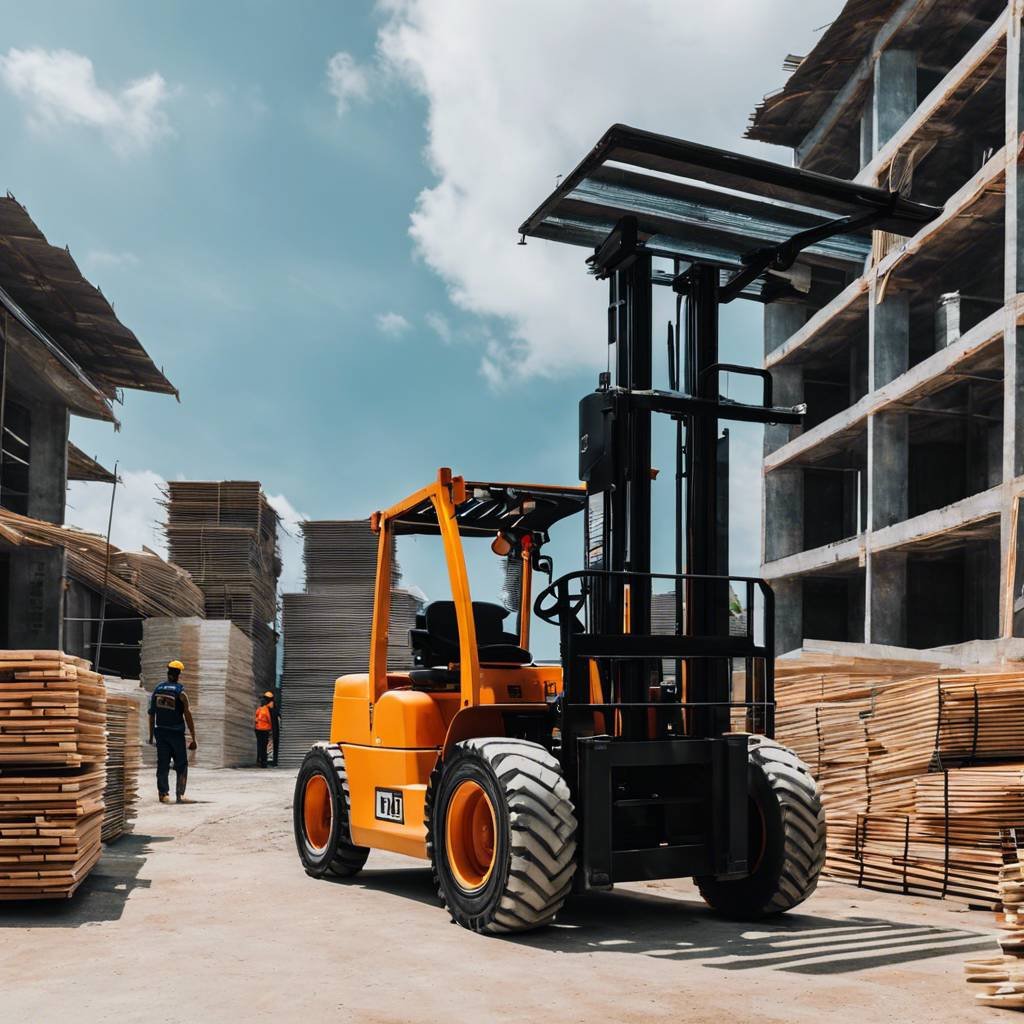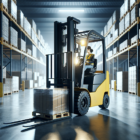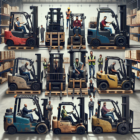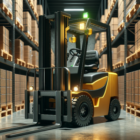As analysts turn their gaze to the promising horizon of the construction industry in the Philippines, where an apparent boom is anticipated, it’s an opportune moment for businesses and investors in related sectors to take note and prepare for the ripple effects this could have across the globe. For those in construction-adjacent industries—like those of us at the forefront of providing critical equipment and services such as forklift hire in Sydney, forklift servicing, and repairs—the potential impact is noteworthy.
The resurgence in the Philippines is fuelled by a 66% increase in infrastructure spending, a definitive signal of a flourishing sector. This kind of growth is not isolated; it tends to proliferate, impacting related industries and markets. For suppliers of construction machinery and support, including forklift hire in Sydney, there’s a clear message: be ready for increased demand and ensure that your services and fleets are prepared to meet it.
Infrastructure projects often call for a diverse range of equipment, among which forklifts remain indispensable. They are the workhorses of the logistics side of construction, adept at moving materials rapidly and efficiently on-site. As Philippine construction firms ramp up operations, it’s sensible to infer that Australian exporters and companies supporting the construction supply chain might experience a similar uptick in activity.
For those looking to capitalize on these emerging opportunities, assessing the condition of your fleet and ensuring that forklift servicing in Sydney meets the highest standards cannot be overstated. Timely servicing and quick, efficient forklift repairs mean fewer downtimes, better productivity, and the ability to seize opportunities as they arise. Whether it’s a diesel forklift or an electric forklift, each has its own servicing schedules and maintenance needs which, when managed effectively, can substantially increase operational efficiency.
Speaking of diesel forklift vs electric forklift, as environmental considerations become increasingly paramount, the market is seeing a shift towards electric models. While diesel forklifts have traditionally been valued for their power and durability, the tides are changing. Electric forklifts offer quieter operation, lower emissions, and often lower operating costs over time. This is particularly relevant as industries across the board—including construction—face pressure to become more sustainable.
Adopting electric models not only positions you as a forward-thinking and environmentally conscious operator but can also provide an edge when vying for contracts; more so when international markets, which are progressively favoring green initiatives, are involved. This is where an understanding of the latest trends, including the capabilities and benefits of a Toyota forklift—a brand known for its reliability and advanced technology—can be an invaluable asset.
As a business that sells these essential services, staying informed about international trends is crucial. The burgeoning construction sector in the Philippines might very well be a bellwether for broader global growth. By aligning your business offerings—be it forklift hire, servicing, or repairs—with the anticipated growth areas, you not only ensure readiness for any spill-over demand but also place your business in a strategic position to support and grow with the industry.
Thus, whether you are hiring out a fleet of forklifts, providing specialized servicing, or dealing with intricate repairs, the time is now to fine-tune operations, invest in staff training, and explore the efficiency benefits of electric options versus traditional diesel. By doing so, you ensure that your business remains competitive and ready to meet the demands of a revitalizing sector that shows no signs of slowing down.
In essence, as the Philippine construction industry prepares to scale new heights, businesses across the supply chain, especially those situated in markets with robust connections like Australia, must leverage these insights, align their services and prepare for the promise of a burgeoning global market. This isn’t just about seizing the day; it’s about paving the way for a prosperous and dynamic future in construction and the sectors that support it.





